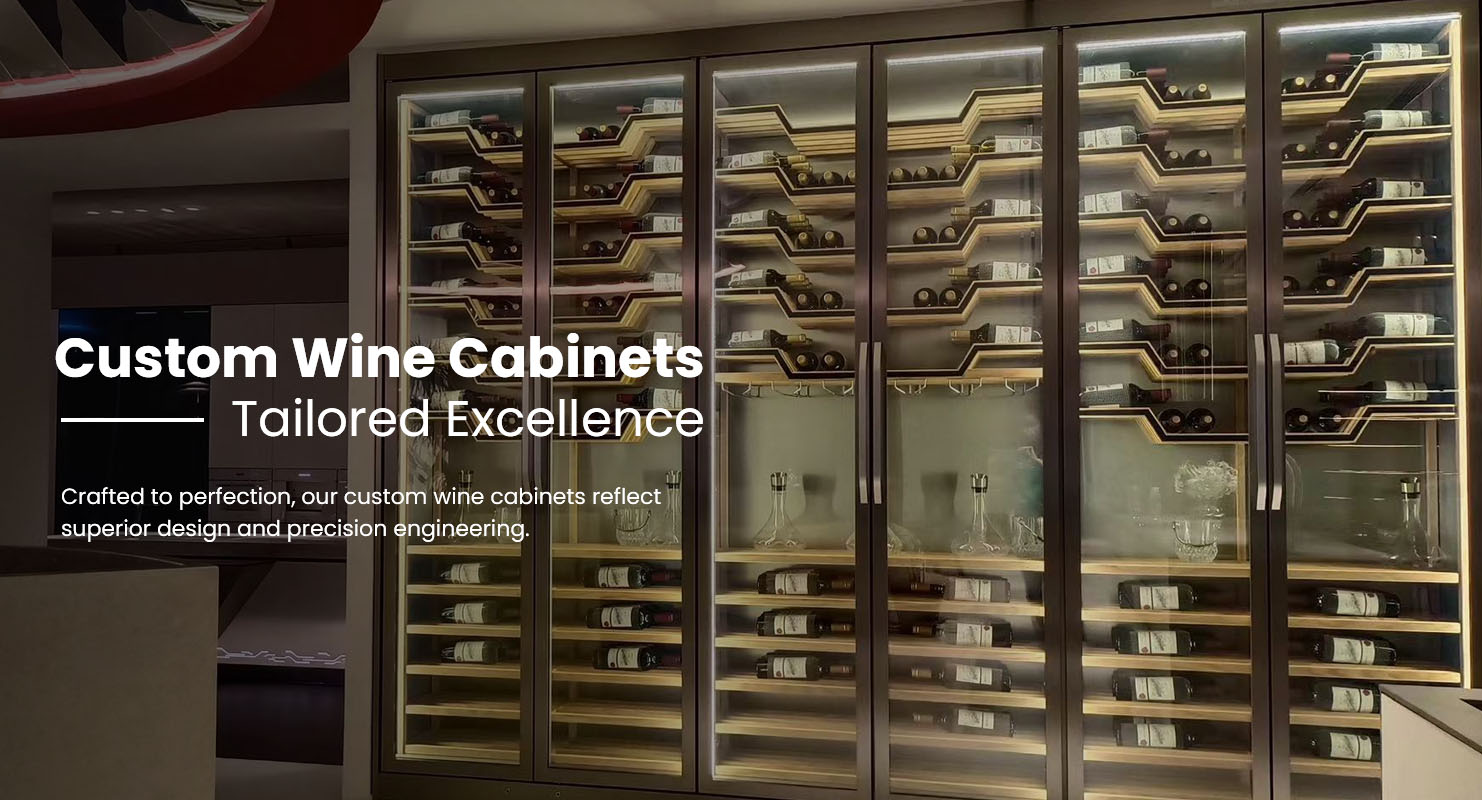How To Buy A Wine Cooler
Buying a Wine Cooler isn’t just about keeping your bottles cold — it’s about preserving flavor, aroma, and longevity through proper storage temperature, humidity, and vibration control. Whether you’re a casual wine drinker or a serious collector, choosing the right unit depends on capacity, cooling technology, design, and budget.
1. Determine Your Storage Needs
The first step is to decide how many bottles you want to store and what type of wines you typically enjoy.
| Level | Number of Bottles | Suitable Cooler Type | Notes |
|---|---|---|---|
| Beginner | Up to 20 bottles | Compact thermoelectric or single-zone | For homes, apartments, or offices |
| Enthusiast | 20–60 bottles | Compressor-based, single or dual-zone | Fits mixed wine collections |
| Collector / Professional | 60–300+ bottles | Large dual-zone or built-in cellar system | For long-term aging and display |
It’s wise to choose a slightly larger capacity than your current collection — most wine enthusiasts expand their selection over time.
2. Choose the Cooling Technology
Wine coolers use two main cooling systems. Understanding the difference ensures you pick one suited to your environment.
1. Thermoelectric Cooling
Works silently using a Peltier module and fan.
Best for small units and cool indoor environments.
Advantages: Low noise, no vibration.
Limitations: Less efficient in hot rooms (above 27°C / 80°F).
2. Compressor Cooling
Uses refrigerant gas and compressor coils (like a mini fridge).
Handles higher ambient temperatures efficiently.
Advantages: Strong cooling power, consistent performance.
Limitations: Slightly noisier but ideal for most climates.
Tip: If you live in a warm area or want to store red and white wines together, choose a compressor model.
3. Pick Between Single-Zone and Dual-Zone Cooling
Single-Zone Coolers
Maintain one consistent temperature throughout.
Ideal for drinkers who focus on one type of wine (e.g., reds only).
Easier to use and more affordable.
Dual-Zone Coolers
Two independent compartments for red and white wines.
Store reds at 12–18°C (54–65°F) and whites at 6–12°C (43–54°F) simultaneously.
Perfect for mixed collections or entertaining.
Winton Wine Coolers offer both single and dual-zone options — with digital thermostats accurate to ±1°C for professional-level precision.
4. Consider Installation Type
Wine coolers come in different configurations based on where you plan to install them.
| Type | Description | Best For |
|---|---|---|
| Freestanding | Vented at the back, requires open airflow. | Open spaces, home bars, basements. |
| Built-in / Undercounter | Front-vented design that fits flush with cabinetry. | Kitchens, dining rooms, or islands. |
| Integrated / Fully Enclosed | Designed for seamless furniture integration. | Custom Cabinetry or modern interiors. |
Winton’s built-in stainless steel models use front ventilation systems to allow flush fitting without overheating — perfect for home or commercial projects.
5. Check Key Features
When comparing models, look for features that enhance performance and user experience.
| Feature | Why It Matters |
|---|---|
| Digital Temperature Control | Maintains precise, stable temperature. |
| UV-Protected Glass Door | Shields wine from sunlight and UV rays. |
| Low-Vibration Compressor | Protects wine sediment from disturbance. |
| Humidity Control | Keeps corks moist to prevent oxidation. |
| Adjustable Shelves | Accommodates different bottle shapes. |
| Soft LED Lighting | Illuminates collection without heating. |
| Child Lock / Door Alarm | Adds safety and peace of mind. |
Winton integrates all of these into its premium product line — ensuring quiet operation, efficient cooling, and aesthetic elegance.
6. Size, Style, and Aesthetic Fit
Wine coolers come in various finishes to match your home décor:
Stainless steel and glass: Modern, professional appearance.
Black matte or wood trims: Classic or minimalist look.
Compact cube or tall tower shapes: Fit kitchens, dining rooms, or bars.
For an upscale setting, stainless steel dual-zone models from Winton provide both luxury and durability.
7. Energy Efficiency and Noise
Look for models with energy-efficient compressors and LED lighting.
Thermoelectric coolers are nearly silent; modern compressor coolers produce a soft hum (~35–40 dB).
Always verify the energy consumption (kWh/year) — it directly affects your running cost (typically $3–$10/month).
8. Budget and Warranty
| Price Range | What You Get |
|---|---|
| $150–$300 | Compact 12–20 bottle thermoelectric units. |
| $300–$800 | Mid-range compressor coolers (20–60 bottles). |
| $800–$2,000+ | Dual-zone, stainless steel, and built-in designs. |
Choose brands that offer at least a 1–2 year warranty on both parts and compressor — Winton provides extended coverage and professional after-sales service.
9. Where to Buy
You can purchase wine coolers from:
Official brand websites (best for authenticity and full warranty)
Home appliance retailers (Home Depot, Best Buy, etc.)
Specialty wine equipment stores
Online marketplaces (Amazon, but check verified sellers)
Winton Wine Cooler’s official website offers direct factory pricing, detailed product specifications, and global shipping for wholesale and individual buyers.
10. Summary
When buying a wine cooler, consider:
Capacity — buy for your future collection.
Cooling system — compressor for power, thermoelectric for quiet.
Zones — single or dual depending on wine types.
Installation style — freestanding or built-in.
Key features — temperature precision, UV protection, low vibration.
Design, energy, and warranty — for long-term satisfaction.
Winton Wine Coolers, crafted from premium stainless steel with dual-zone precision and energy-efficient design, deliver everything you need for professional wine preservation — whether at home, in restaurants, or in hospitality environments.
Store smarter. Chill beautifully. Choose Winton.
Previous: How To Choose A Wine Cooler


